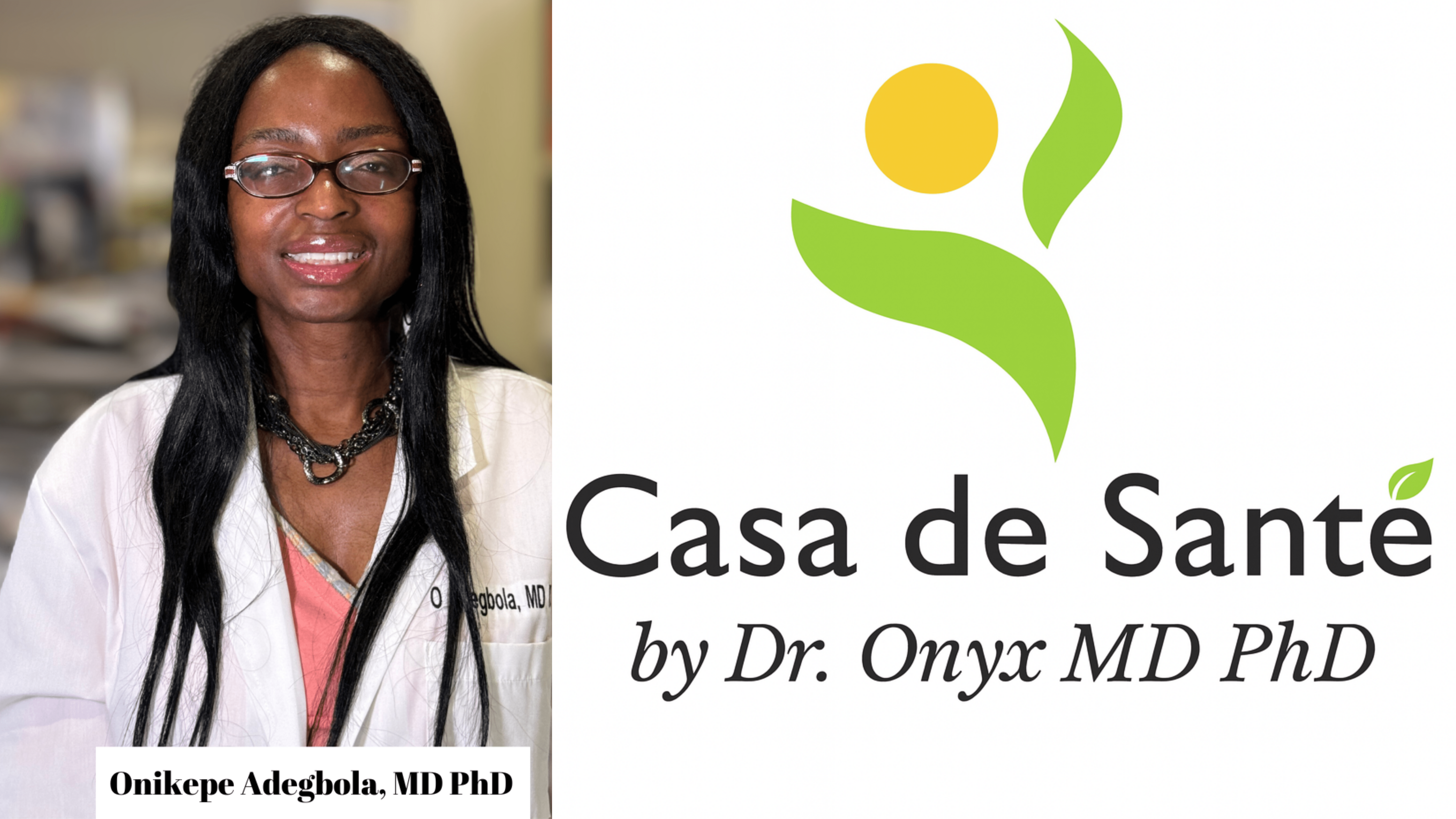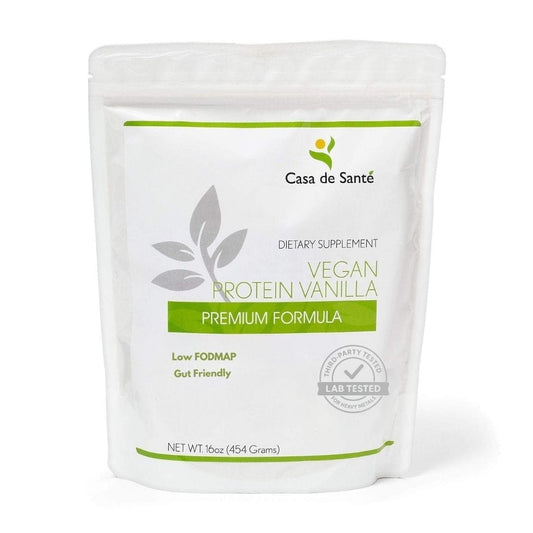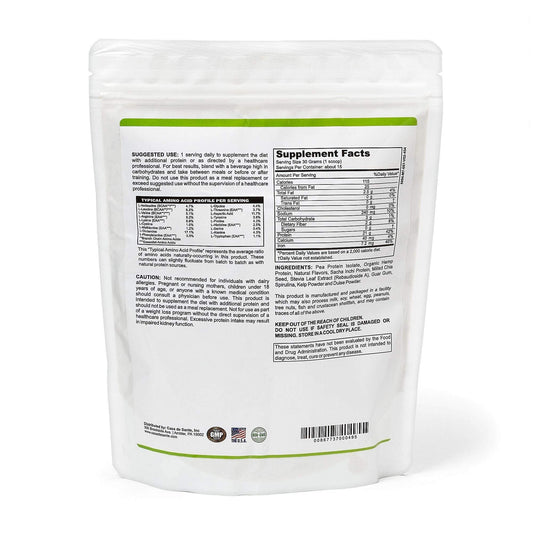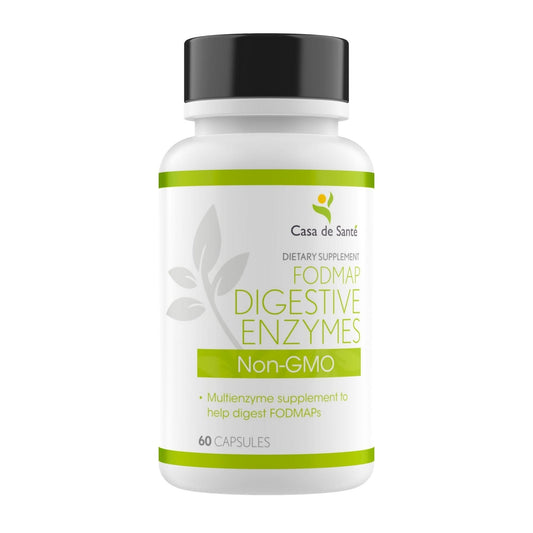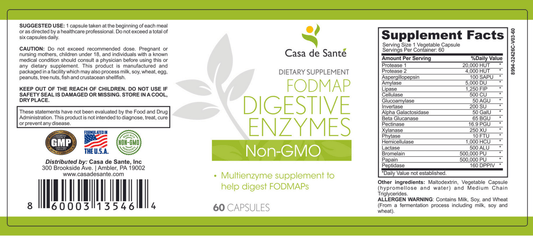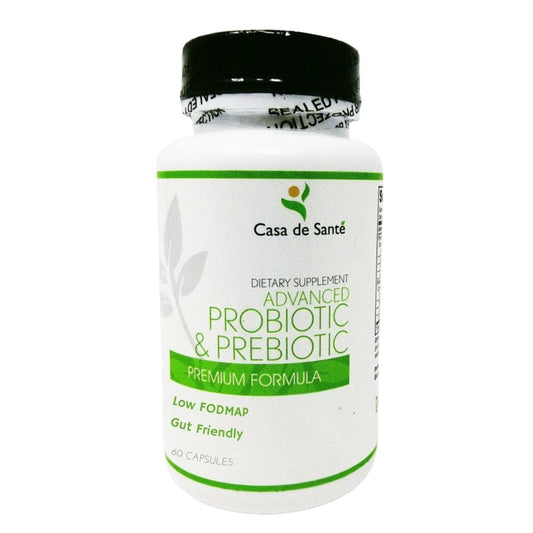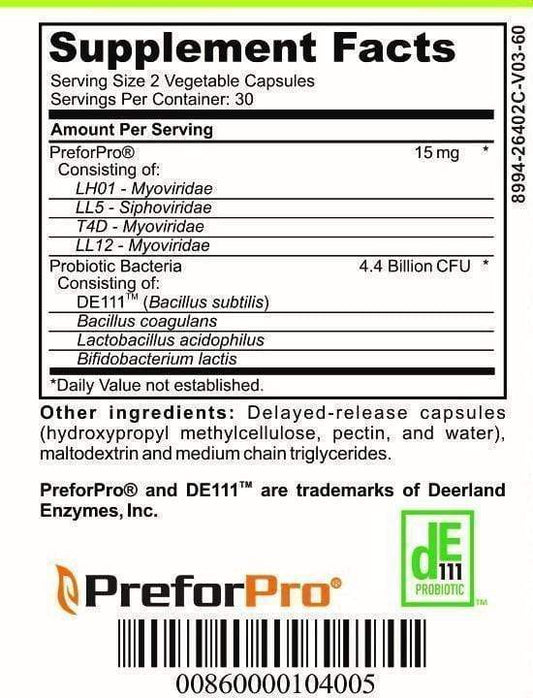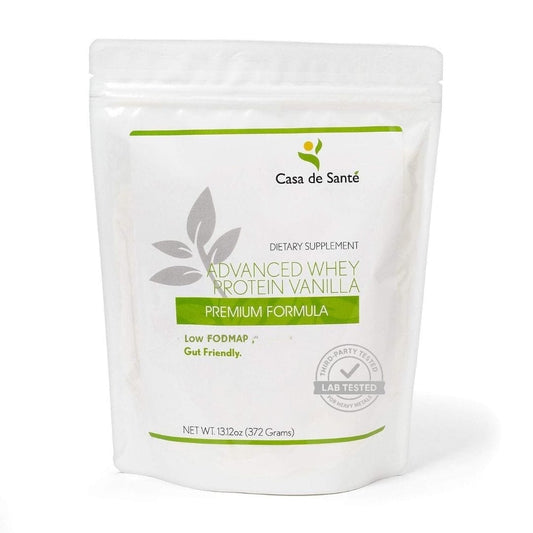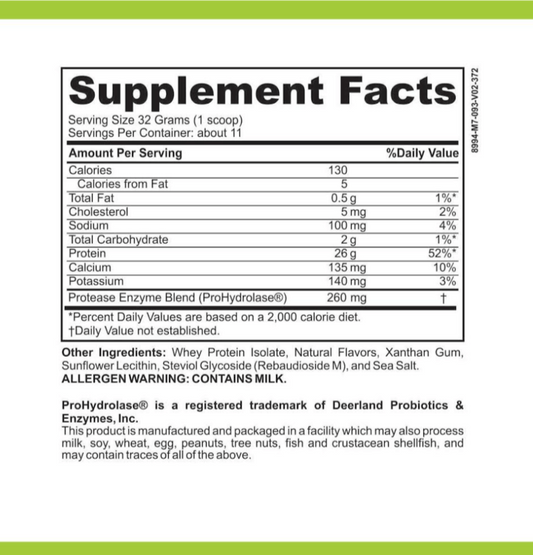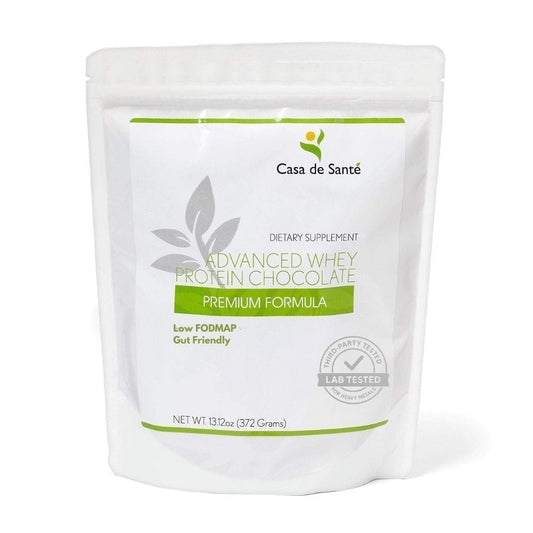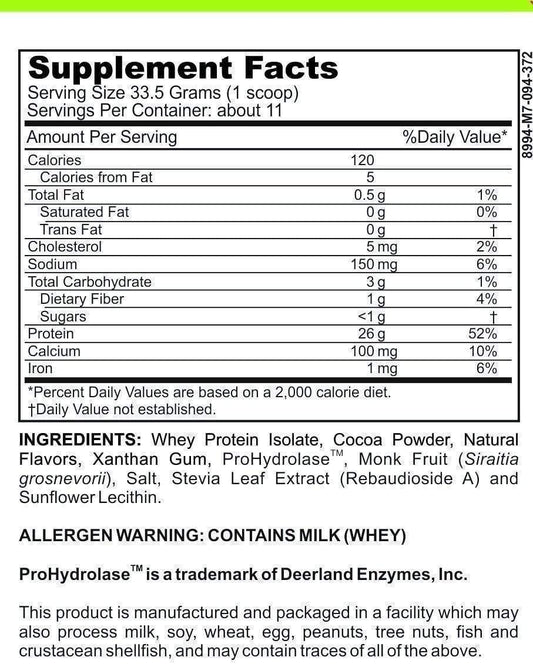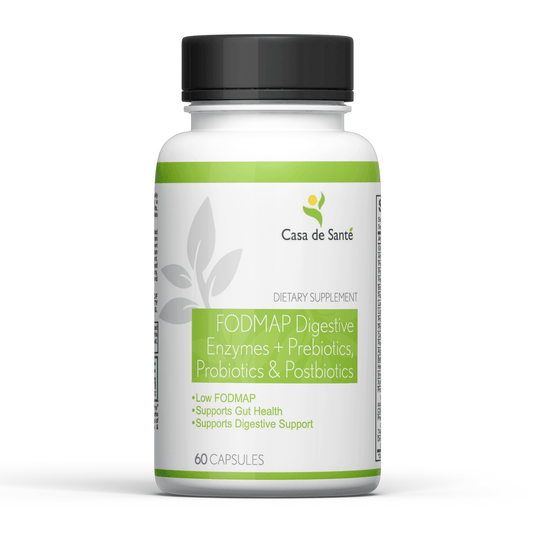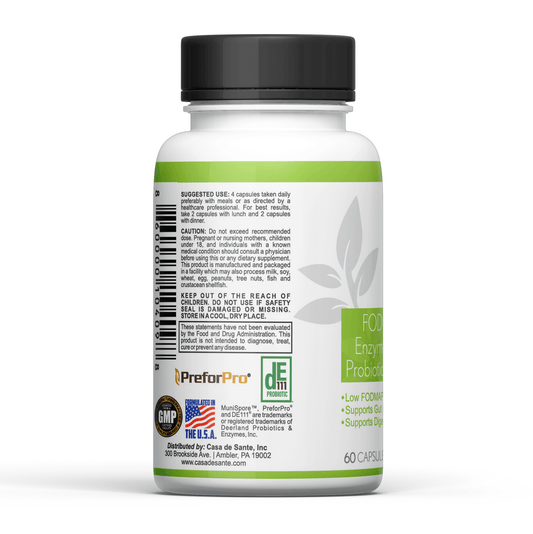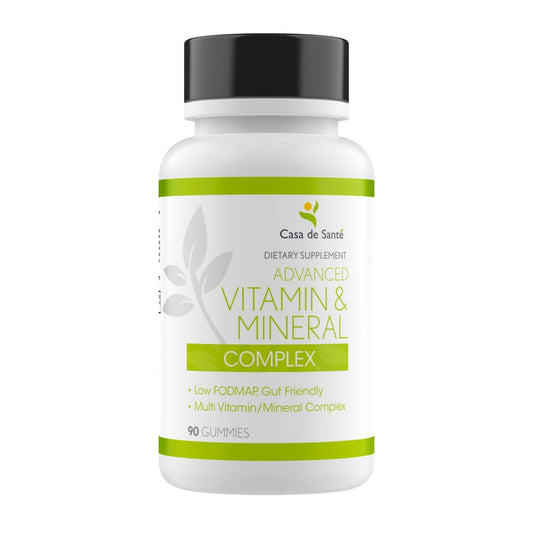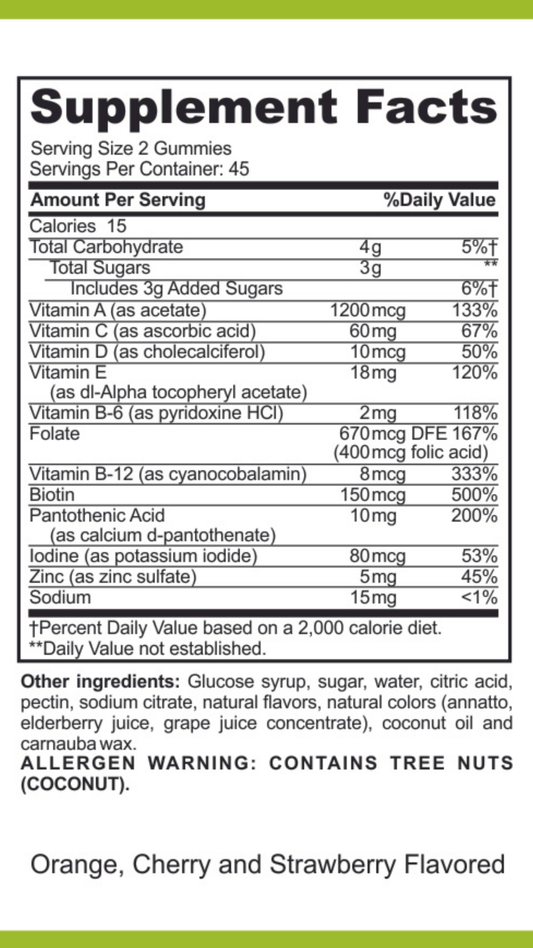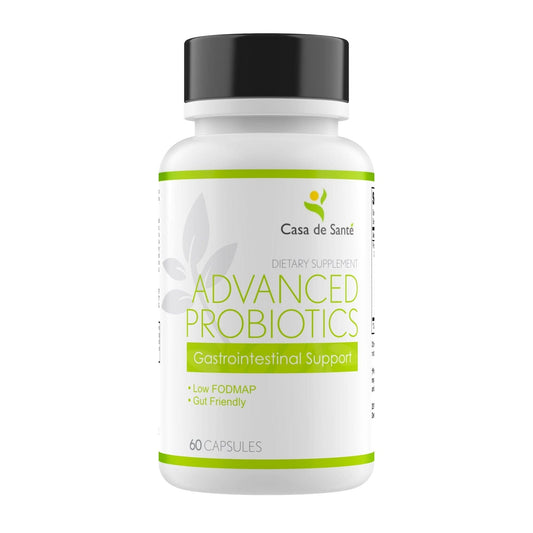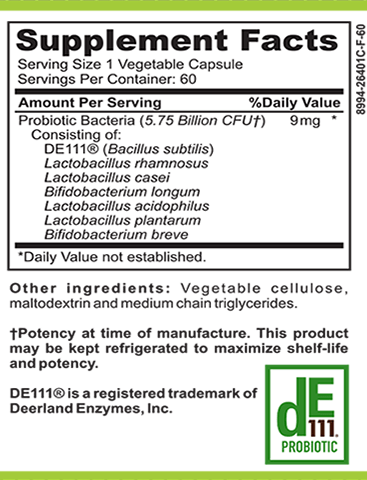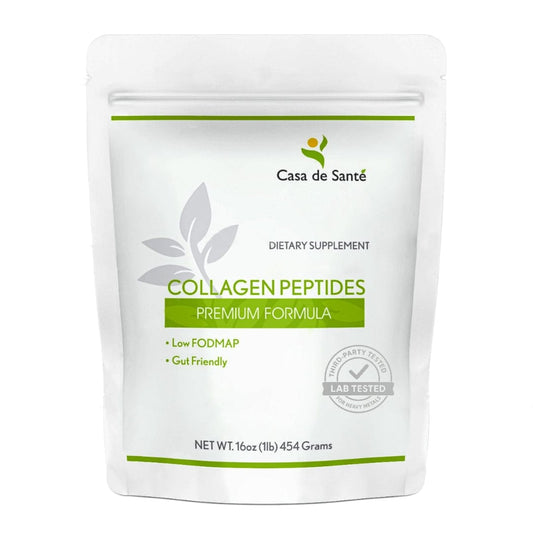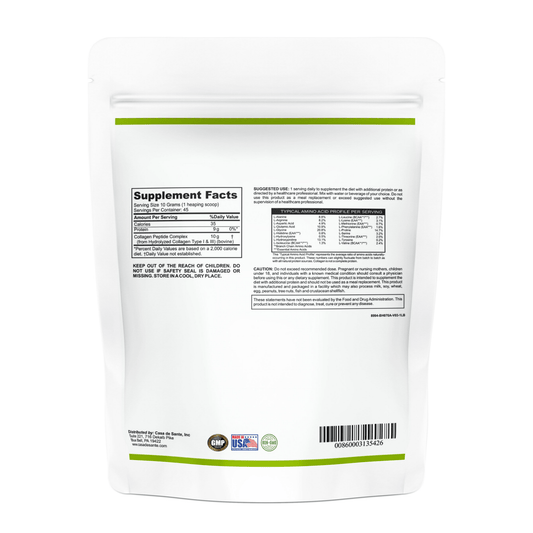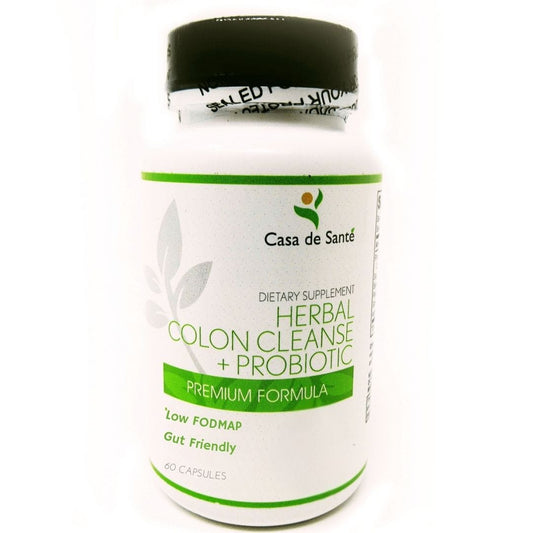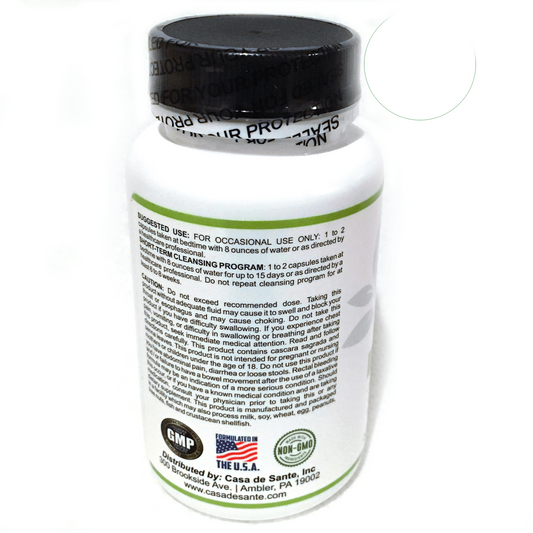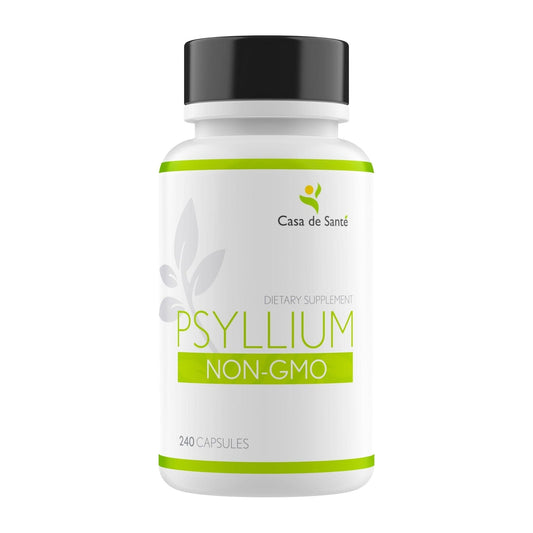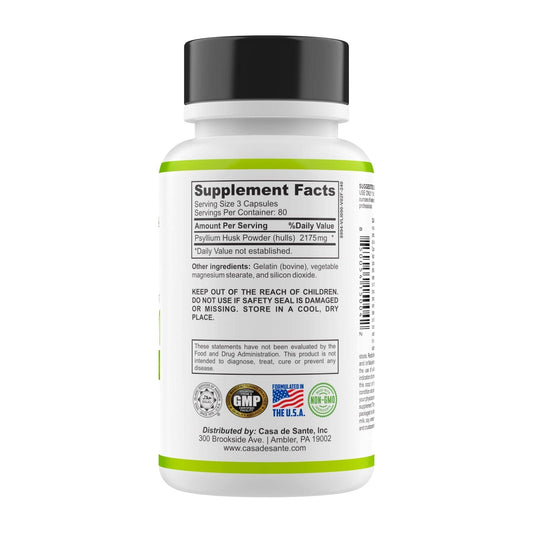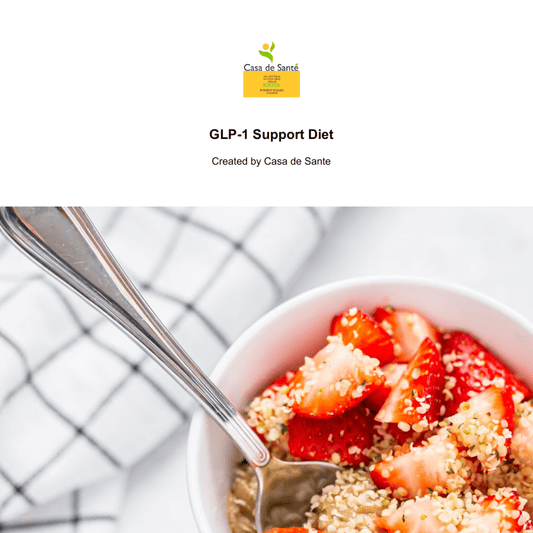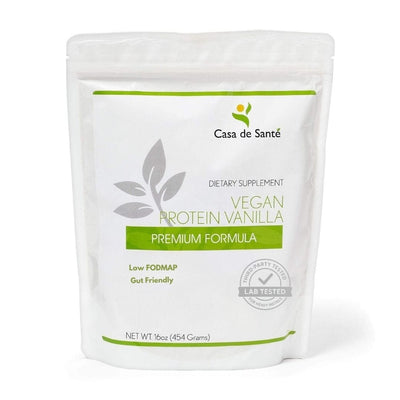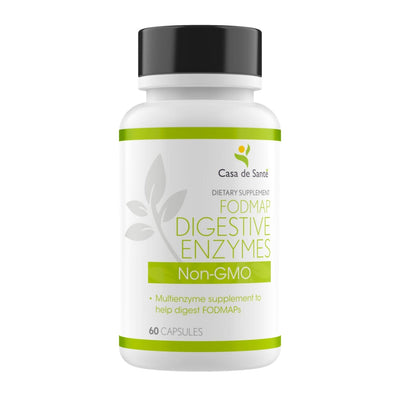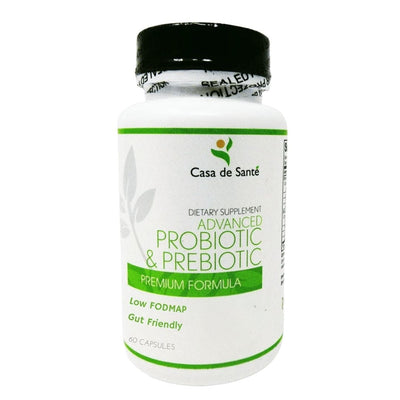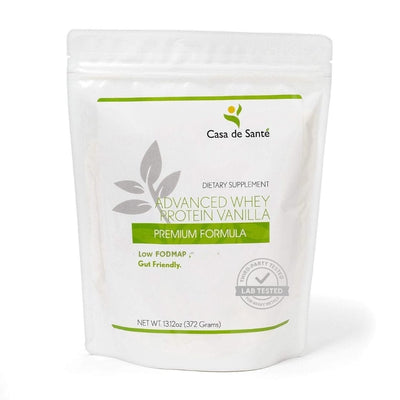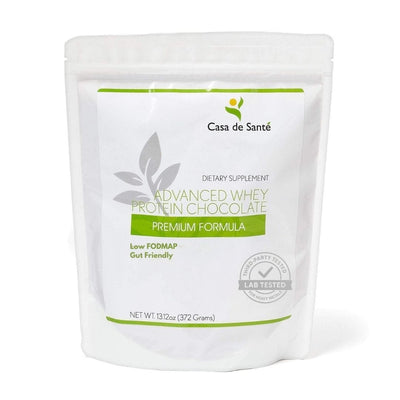ORS vs. Salt Pills: Discovering the Superior Choice for Managing POTS
If you’re dealing with Postural Orthostatic Tachycardia Syndrome (POTS), you know how tough it can be to manage your symptoms. One of the key aspects of handling POTS involves staying hydrated and getting enough salt. But with so many options out there, it can be confusing to decide between oral rehydration solutions (ORS) and salt pills. This article will break down the differences, benefits, and practical tips for using these two methods to help you feel better. Let’s explore ORS vs. Salt Pills: Which is Better for POTS?
Key Takeaways
- POTS is a condition that affects blood flow and can cause symptoms like dizziness and fatigue.
- Staying hydrated and increasing salt intake are crucial for managing POTS symptoms.
- Oral rehydration solutions (ORS) can provide hydration and electrolytes effectively.
- Salt pills offer a concentrated source of sodium but should be used carefully to avoid excess intake.
- Finding the right balance of hydration and salt can improve your quality of life with POTS.
Understanding POTS

Symptoms of POTS
POTS, or Postural Orthostatic Tachycardia Syndrome, messes with how your body handles blood flow when you stand up. This can cause a bunch of annoying symptoms. Think about it: you stand up, and suddenly you're dizzy, your heart's racing, and you feel like you might faint. It's not fun, and it can really throw a wrench into your day. Some common symptoms include:
- Lightheadedness or dizziness
- Brain fog and difficulty concentrating
- Heart palpitations or a rapid increase in heart rate upon standing
- Fatigue and weakness
Is POTS a Serious Condition?
Okay, so is POTS a big deal? Well, it's not usually life-threatening, but it can seriously impact your quality of life. Imagine feeling crummy most of the time – it makes everything harder. Some people have mild symptoms that are just a nuisance, while others find POTS completely debilitating. It's different for everyone, and that's why getting the right diagnosis and management plan is so important.
Living with POTS can feel like a constant battle. It's not just about the physical symptoms; it's also the emotional toll it takes. Feeling understood and supported makes a huge difference.
Managing POTS Symptoms
So, what can you do about POTS? The good news is that there are ways to manage the symptoms and feel more like yourself again. It often involves a combination of things, like:
- Lifestyle adjustments (like drinking more fluids and increasing salt intake)
- Medications (if your doctor recommends them)
- Exercise (to help improve blood flow and heart function)
It's all about finding what works best for you, and it might take some trial and error. But don't give up – there's hope for feeling better and getting back to doing the things you enjoy.
Hydration Strategies for POTS
Importance of Fluid Intake
Staying hydrated is super important when you're dealing with POTS. When you don't drink enough, your blood volume can drop, which makes those POTS symptoms even worse. Keeping your fluid levels up can really help manage those symptoms and make you feel better overall. It's not just about quenching thirst; it's about maintaining a stable internal environment that your body needs to function properly. Think of it like keeping the engine of a car well-oiled – hydration is the oil for your body.
Choosing the Right Fluids
Okay, so you know you need to drink more, but what should you be drinking? Water is always a good choice, but sometimes it's not enough. You might want to consider adding some electrolytes to your drinks. Electrolytes, like sodium, potassium, and magnesium, help your body retain fluids. Sports drinks or electrolyte tablets can be helpful, but watch out for the sugar content. Coconut water is another good option. It's naturally rich in electrolytes. Also, don't forget about good old ORS solutions – they're specifically designed to replenish fluids and electrolytes. Here's a quick rundown:
- Water: Always a solid base.
- Sports Drinks: Good for electrolytes, but watch the sugar.
- Coconut Water: Natural electrolytes, lower in sugar.
- ORS: Balanced electrolytes for rehydration.
Signs of Dehydration
It's important to know when you're getting dehydrated so you can take action quickly. Thirst is the most obvious sign, but sometimes you might not feel thirsty until you're already pretty dehydrated. Other signs include:
- Dizziness or lightheadedness
- Dark urine
- Fatigue
- Headache
- Muscle cramps
If you notice any of these signs, it's time to grab a drink! Don't wait until you're feeling really bad. Keep an eye on your body and listen to what it's telling you. It's also a good idea to carry a water bottle with you and sip on it throughout the day. Staying ahead of dehydration is way easier than trying to catch up when you're already feeling awful.
Staying hydrated is a cornerstone of managing POTS. It's not just about drinking when you're thirsty; it's about consistently replenishing fluids and electrolytes to support your body's needs. Make it a habit, and you'll likely see a noticeable improvement in your symptoms.
Incorporating More Salt into Your Diet
It might sound weird, but upping your salt intake can really help manage POTS symptoms. See, with POTS, your body sometimes struggles to hold onto enough fluid, which can cause your blood volume to drop. Salt helps your body retain fluid, which can ease symptoms and make you feel better. But don't just grab the salt shaker! Let's talk about some smart ways to add more salt to your diet.
Benefits of Increased Salt Intake
Increased salt intake can help maintain blood volume, which is often low in people with POTS. This can lead to a reduction in symptoms like dizziness and lightheadedness. It's all about finding that balance, though. Too little salt, and you might still feel crummy. Too much, and you could run into other problems. It's a bit of a Goldilocks situation.
Smart Ways to Add Salt
Okay, so how do you actually get more salt without just, you know, eating spoonfuls of it? Here are a few ideas:
- Salt your food. Obvious, right? But don't be shy with the shaker, especially when you're cooking at home.
- Snack smart. Think pretzels, salted nuts, or pickles. These are easy ways to get a little extra salt between meals.
- Add a pinch to your drinks. If you're struggling to get enough salt from food, try adding a tiny pinch to your water or other beverages. You can also try adding electrolytes to your drinks.
- Consider electrolyte supplements. These are designed to help you replenish electrolytes and increase your salt intake. Just mix them into water or any drink for a boost.
It's important to stay hydrated when you're increasing your salt intake. Salt and fluid balance go hand in hand, so make sure you're drinking plenty of water and other hydrating fluids throughout the day. A good rule of thumb is to aim for at least 2-3 liters (67-101 ounces or approximately 8-12 cups) of fluids every day.
Quality of Salt Matters
Not all salt is created equal. Table salt is fine, but it doesn't offer much beyond sodium chloride. Consider using sea salt or Himalayan pink salt, which contain trace minerals. Some people swear by them, and they might offer a little extra something compared to regular table salt. You might also consider supplementing with salt to manage your POTS symptoms.
| Type of Salt | Sodium Content (per tsp) | Mineral Content |
|---|---|---|
| Table Salt | 2,360 mg | Iodized |
| Sea Salt | 2,120 mg | Trace minerals (varying amounts) |
| Himalayan Pink Salt | 2,000 mg | Trace minerals (iron, potassium, magnesium, etc.) |
Remember, everyone's different. What works for one person might not work for another. Talk to your doctor to figure out the right amount of salt for you. They can help you find that sweet spot where you're managing your symptoms without overdoing it.
Diet Changes for POTS Management

Beyond just upping your salt and fluids, tweaking your diet can really help manage POTS symptoms. A solid POTS diet plan can be a game-changer for feeling better overall.
Eat Small, Frequent Meals
Instead of chowing down on three big meals, try eating smaller portions more often. This helps keep your blood sugar levels steady, which can prevent those energy crashes and brain fog that POTS can bring on. Think of it as keeping your engine running smoothly instead of flooding it all at once.
Balanced, Nutrient-Dense Meals
When you do eat, make sure it's a good mix of protein, healthy fats, and complex carbs. Protein and fats help you feel full and keep your blood sugar stable, while complex carbs give you lasting energy.
Here's a quick guide:
- Protein: Chicken, fish, beans, tofu
- Healthy Fats: Avocado, nuts, olive oil
- Complex Carbs: Whole grains, sweet potatoes, brown rice
Foods and Drinks to Avoid
Certain foods and drinks can sometimes trigger POTS symptoms. These often include:
- High-sugar foods
- Caffeine
- Alcohol
It's a good idea to pay attention to how these things affect you personally. If you notice they make your symptoms worse, consider cutting back or ditching them altogether. Everyone's different, so what bothers one person might not bother another.
It's all about finding what works for you and staying hydrated!
Salt Pills vs. ORS
What Are Salt Pills?
Salt pills are exactly what they sound like: concentrated doses of sodium chloride in pill form. People with POTS sometimes use them to quickly increase their sodium intake. They're a convenient option, especially when you're on the go or need a precise amount of salt. However, it's important to take them with plenty of water to avoid stomach upset or dehydration. It's also worth noting that some people find them hard to swallow or experience nausea. Always consult with your doctor before starting salt pills, as too much sodium can be harmful.
What Is ORS?
ORS, or oral rehydration solution, is a mixture of electrolytes and fluids designed to help the body rehydrate quickly. It typically contains sodium, potassium, and glucose. While often used for dehydration caused by illness, it can also be a helpful tool for managing POTS symptoms. ORS comes in powder form and is mixed with water. It's generally more palatable than plain salt pills and can be easier on the stomach. Plus, the added electrolytes can help with overall fluid balance. You can find high-quality electrolyte supplements at most pharmacies or online.
Comparative Effectiveness
Choosing between salt pills and ORS really comes down to personal preference and individual needs. Here's a quick comparison:
- Salt Pills: Convenient, precise dosage, but can be harsh on the stomach.
- ORS: Easier to tolerate, provides additional electrolytes, but requires mixing.
- Taste: Some people find salt pills unpalatable, while ORS often has added flavors.
Ultimately, the best option is the one that you're most likely to use consistently. Both salt pills and ORS can be effective tools for managing POTS symptoms, but it's important to listen to your body and work with your doctor to determine the right approach for you.
Consider these points when deciding:
- Convenience: How easy is it to take on the go?
- Tolerance: How does your stomach react?
- Preference: Do you prefer pills or drinks?
It's also important to consider the sodium content of each option. Aim for a daily intake of 3-5 grams of salt, but adjust based on your doctor's recommendations. Remember, incorporating more salt into your diet can be a game-changer for managing POTS symptoms. By finding simple, tasty ways to boost your salt intake, you can give your body the support it needs to function at its best.
Practical Tips for Daily Living
Managing POTS is often about tweaking your everyday habits. It's not a one-size-fits-all thing, but there are some general strategies that can really help. Think of it as experimenting to see what makes your body feel its best. It might take some time, but finding the right routine is worth it.
Pace Yourself
One of the most important things is to pace yourself. Don't try to do too much at once. Break down big tasks into smaller, more manageable chunks. Listen to your body. If you're feeling tired, take a break. It's okay to rest. Pushing yourself too hard can make symptoms worse. Think of it like running a marathon – you wouldn't sprint the whole way, right? It's about conserving energy and finding a sustainable rhythm. Regular physical activity, such as walking, can help build cardiovascular fitness and improve POTS symptoms.
Adapt Your Environment
Your surroundings can have a big impact on how you feel. If you get dizzy easily, consider making some changes to your home. Things like grab bars in the bathroom or a shower chair can make a big difference. If you work at a desk, make sure your setup is ergonomic. Good posture can help minimize strain on your body. It's all about creating a space that supports your needs and helps you feel more comfortable.
Adapting your environment is key. Small changes can lead to big improvements in your daily comfort and ability to manage POTS symptoms. Think about what triggers your symptoms and how you can modify your surroundings to minimize those triggers.
Find What Works for You
Everyone's experience with POTS is different. What works for one person might not work for another. It's all about experimenting and finding what helps you feel your best. Maybe it's a certain type of exercise, a specific diet, or a particular stress-management technique. Don't be afraid to try new things and see what makes a difference. Keep a journal to track your symptoms and what you're doing to manage them. This can help you identify patterns and make informed decisions about your care. Remember, it's a journey, not a destination. Be patient with yourself, and celebrate small victories along the way. Experimenting with different lifestyle changes and POTS diet plans can help you discover the best approach for enhancing your quality of life.
Here are some things to consider:
- Hydration: Make sure you're drinking enough fluids throughout the day.
- Salt intake: Increasing your salt intake can help raise your blood pressure.
- Exercise: Regular exercise can help improve your cardiovascular fitness.
Stress Management Techniques
Stress can really mess with POTS symptoms, so finding ways to chill out is super important. When you're stressed, your body goes into overdrive, which can make your heart race and make you feel even worse. It's like your body is constantly hitting the gas pedal, and that's not good when you're already dealing with POTS.
Practice Mindfulness and Meditation
Mindfulness and meditation can be really helpful. It's all about focusing on the present and just letting your thoughts come and go without judging them. I know it sounds a little out there, but it can make a big difference. There are tons of apps and videos that can guide you through it. It's like giving your brain a little vacation.
Engage in Enjoyable Activities
Doing stuff you actually like can also help a lot. Whether it's reading, painting, or just hanging out with friends, make time for things that make you happy. It's easy to get caught up in feeling bad, but doing fun stuff can give you a break from it. Think of it as hitting the reset button. For example, I find that regular physical activity helps me manage my symptoms.
Seek Social Support
Don't forget about your friends and family! Talking to people who understand what you're going through can be a huge help. It's nice to know you're not alone, and they might have some good advice too. If you don't have anyone like that in your life, consider joining a support group. It's like having a team of people who get it.
Finding ways to manage stress is a game changer. It's not a cure, but it can make a big difference in how you feel day to day. It's all about finding what works for you and making it a part of your routine.
Final Thoughts on Managing POTS
In the end, choosing between ORS and salt pills really comes down to what works best for you. Both options have their perks, and it’s all about finding the right fit for your body and lifestyle. Salt pills can be super convenient, especially when you’re on the go, but they might not always give you the hydration you need. On the flip side, ORS can help with hydration and electrolyte balance, but you might need to adjust your salt intake separately. Whatever path you take, just remember to listen to your body and consult with your doctor. They can help you figure out the best approach to manage your POTS symptoms effectively. You’re not alone in this journey, and with the right support and strategies, you can feel better and live life to the fullest.
Frequently Asked Questions
What is POTS?
POTS stands for Postural Orthostatic Tachycardia Syndrome. It makes it hard for your body to control blood flow and blood pressure, especially when you change positions, like standing up.
What are the common symptoms of POTS?
People with POTS often feel dizzy, tired, or have a fast heartbeat when they stand up. Other symptoms can include headaches and feeling lightheaded.
Is POTS a serious condition?
POTS can be serious for some people. While it’s not life-threatening, it can really affect daily life and make things like work or school difficult.
How can I manage my POTS symptoms?
Managing POTS usually means staying hydrated and eating more salt. You can also try eating smaller meals and getting regular exercise.
What are salt pills and how do they help?
Salt pills are supplements that provide extra salt to help your body hold onto fluids and improve blood volume, which can help with POTS symptoms.
What is ORS and how is it different from salt pills?
ORS stands for Oral Rehydration Solution. It’s a mix of water, salts, and sugars that helps with hydration. Unlike salt pills, ORS also provides fluids and energy.
